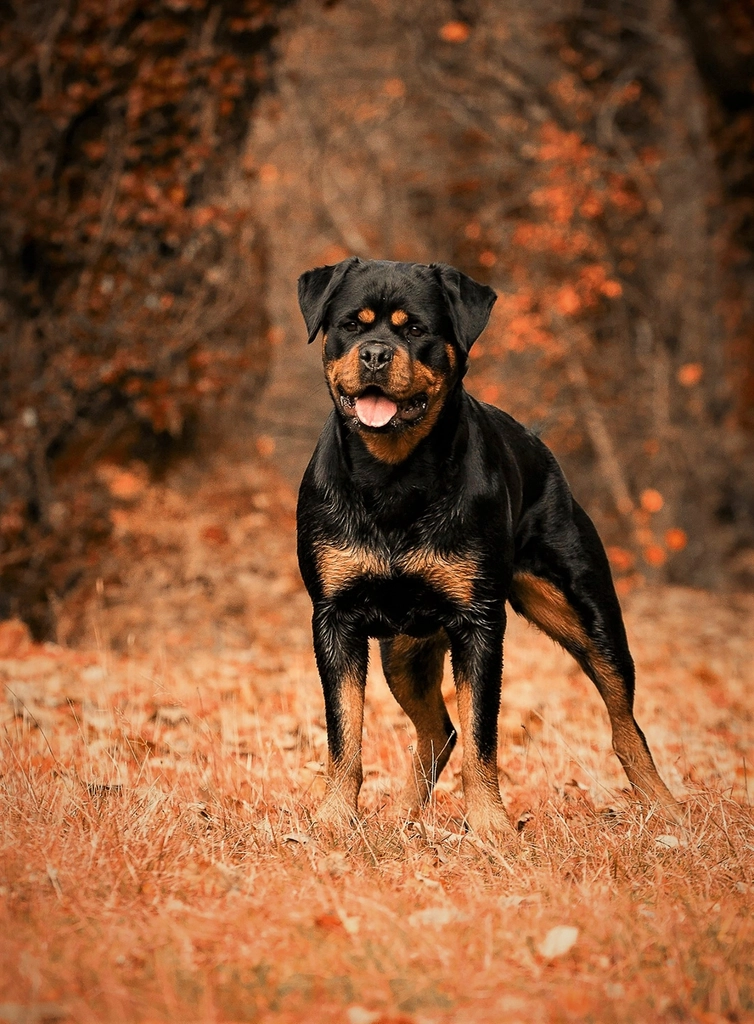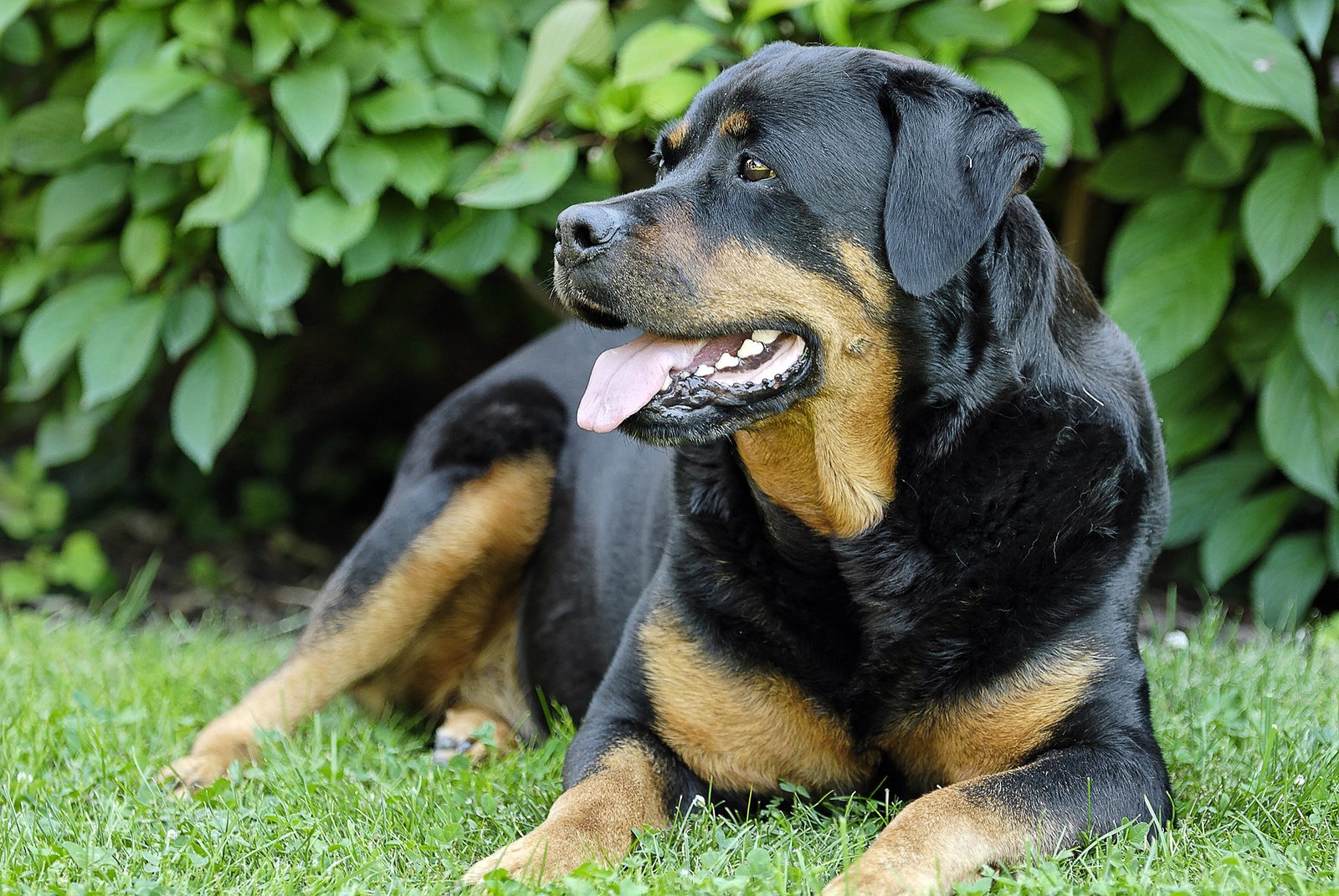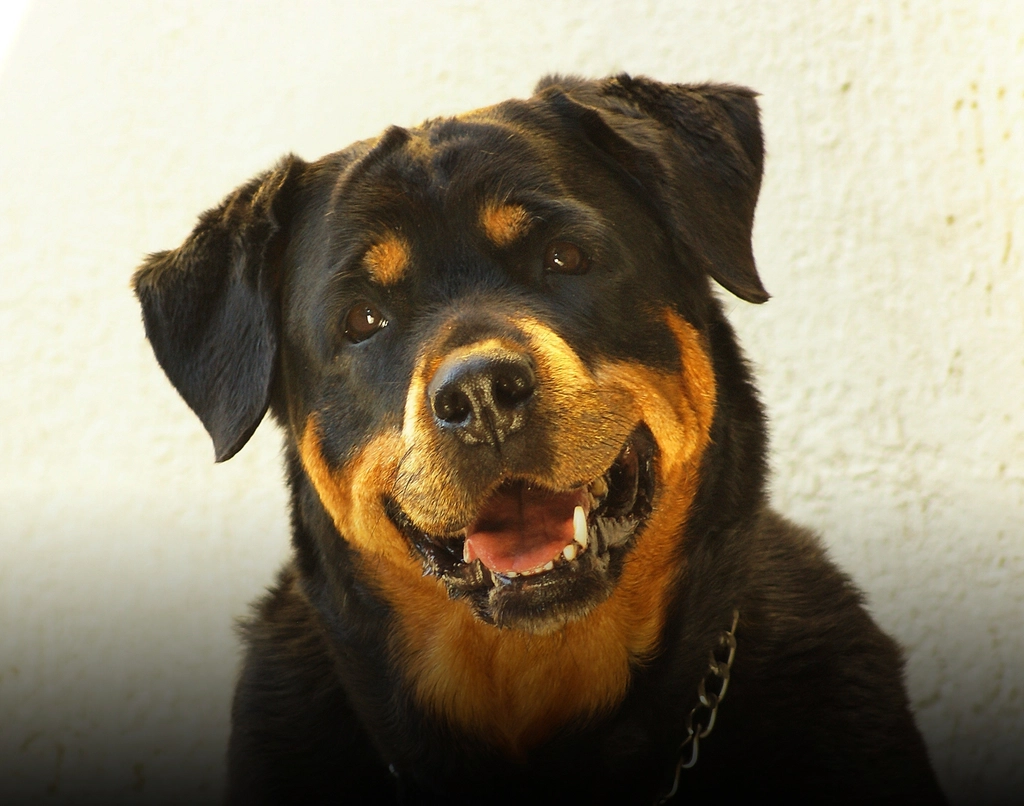Have you ever felt that nervous thrill right before bringing a new dog into your home? The excitement, the worry, the questions racing through your mind—especially when your newest family member is a strong, confident Rottweiler. Introducing a Rottweiler to your existing dog pack can be a truly heartwarming success, but only if you go about it the right way. Let’s dive into the essential steps, emotions, and tips to ensure tails keep wagging and harmony rules your home.
Understanding the Rottweiler’s Nature

Rottweilers are known for their loyalty, intelligence, and protective instincts. However, their bold personalities can sometimes be misunderstood, especially by other dogs. Before bringing a Rottweiler into your pack, it’s important to appreciate their unique temperament. They are naturally dominant but can also be gentle and loving with proper guidance. Think of them as the assertive yet caring leader on a playground—they want to join in the fun, but they’ll make sure everyone plays by the rules. Being aware of these traits helps you anticipate potential challenges and create a more peaceful first meeting.
Assessing Your Current Pack’s Dynamics
Every group of dogs has its own social structure and unwritten rules. Before inviting a new Rottweiler into the mix, observe how your current dogs interact. Is there already a dominant dog? Are there shy or anxious members? By understanding the pecking order and personalities within your pack, you’ll be better prepared to manage introductions. For example, if you have a sensitive or elderly dog, you might need to approach the introduction more slowly and gently. Recognizing these dynamics will help you match energy levels and prevent unnecessary stress.
Preparing for the First Meeting
Preparation is everything when it comes to successful dog introductions. Start by selecting a neutral location where none of your dogs have established territory—this could be a quiet park or a neighbor’s backyard. Gather leashes, treats, and maybe a favorite toy to keep everyone focused and positive. Consider enlisting the help of a friend to manage one of the dogs if needed. The more relaxed and organized you are, the more confident your dogs will feel. Remember, dogs are masters at sensing our emotions—if you’re calm and upbeat, they’re more likely to mirror that feeling.
The Importance of Neutral Ground
Meeting on neutral ground can make all the difference in preventing territorial behavior. Your home or yard may feel like a fortress to your current dogs, and a new arrival at the gate could trigger defensive reactions. By choosing a space unfamiliar to all, you level the playing field. This way, the dogs are more likely to focus on each other than on defending their turf. Neutral ground acts as a sort of social reset button, giving everyone a fresh start. It’s like meeting someone new at a coffee shop instead of barging into their living room uninvited.
Reading Canine Body Language

One of the most powerful tools at your disposal is your ability to read dog body language. Watch for relaxed tails, loose movements, and playful bows—these are all signs of a positive interaction. On the other hand, stiff bodies, raised hackles, and intense staring can signal tension. If you notice any warning signs, calmly separate the dogs and give them space before trying again. Trust your gut—sometimes a subtle shift in posture can tell you everything you need to know about how your dogs are feeling. Being observant and proactive can help prevent conflicts before they escalate.
Step-by-Step Introduction Process

Start with a slow, controlled walk where the dogs can see and sniff each other from a distance. Gradually decrease the space as they become more comfortable. Allow them to interact through sniffing and gentle play, always keeping leashes loose to avoid adding tension. If things go well, let them walk side-by-side. Move at the pace of the most anxious dog; rushing can lead to setbacks. Remember, patience is your best friend during this process. Celebrate small victories—sometimes a calm sniff or shared glance is a big step!
Supervising Early Interactions at Home

Once the initial meeting is successful, bring the dogs home together. Keep leashes on for the first few minutes, and let them explore the space under your watchful eye. Remove any high-value toys or food bowls to avoid resource guarding. Allow each dog to find their own space, and don’t force interactions. Supervise closely for the first few days, especially during feeding or playtime. Gradually increase their freedom as trust builds. Think of yourself as a referee—there to ensure fair play and to step in if things get too rough.
Managing Food and Toys
Mealtime and toys can be flashpoints for doggy disagreements. Feed your Rottweiler and other dogs separately at first, and supervise until you’re confident everyone feels safe. The same goes for toys—start with only a few and pick up any that spark possessiveness. If one dog shows signs of guarding, redirect their attention calmly and remove the item if needed. Over time, as trust grows, you can relax these rules. Every pack is unique, so adjust your approach based on what you see. A peaceful mealtime is a sign your efforts are paying off.
Building Positive Associations
Make every interaction between your Rottweiler and pack as positive as possible. Use treats, praise, and gentle petting to reward good behavior. If they play nicely or share space calmly, let them know you’re pleased. Positive reinforcement helps the dogs associate each other with good things. It’s like creating a highlight reel of happy moments they’ll want to repeat. Over time, these positive experiences build trust and camaraderie, transforming your group into a true family unit. Don’t underestimate the power of a simple “good dog!”—sometimes that’s all it takes to brighten their day.
When to Seek Professional Help

Sometimes, despite your best efforts, things don’t go as planned. If your Rottweiler or other dogs show persistent aggression, anxiety, or fear, don’t hesitate to reach out to a professional trainer or behaviorist. These experts can offer tailored advice and hands-on support to guide your pack toward peace. Remember, asking for help is a sign of strength, not weakness. Every dog is different, and sometimes a little extra guidance makes all the difference in building a happy, harmonious home. Your dedication and love matter most—and your dogs will thank you for it.





